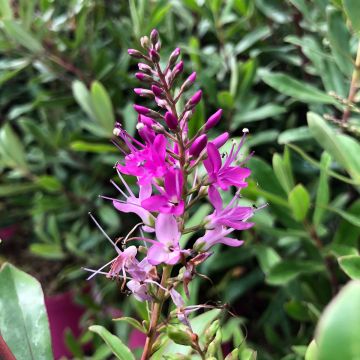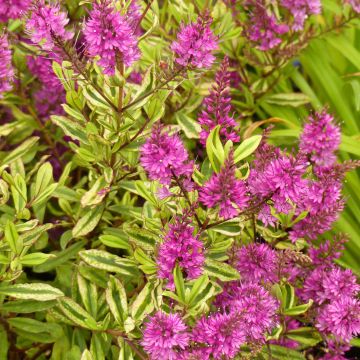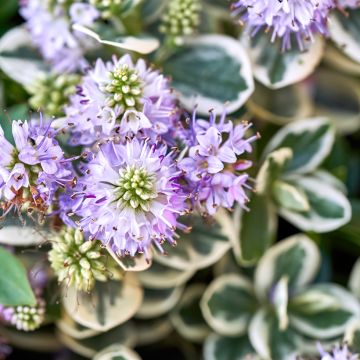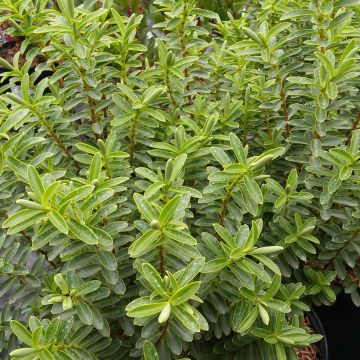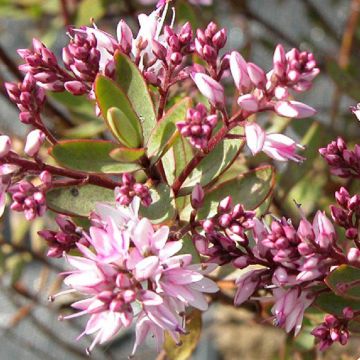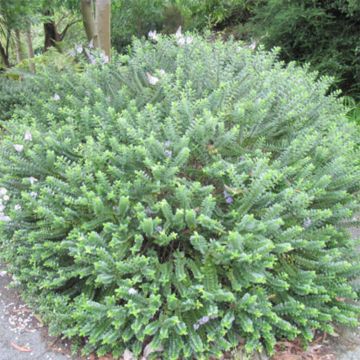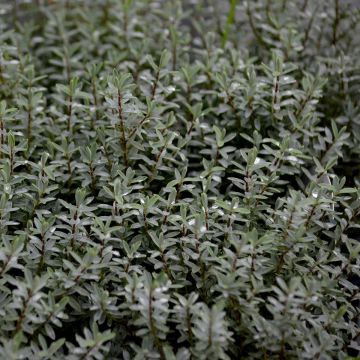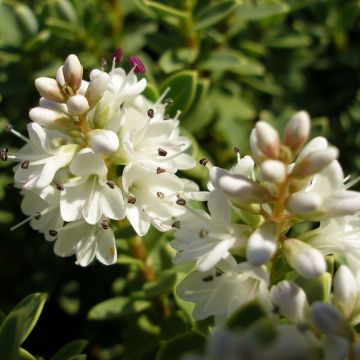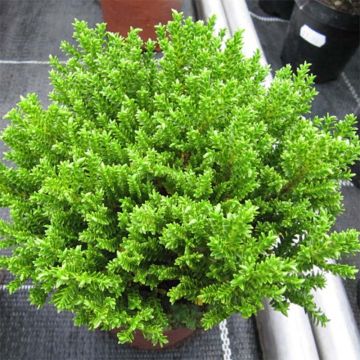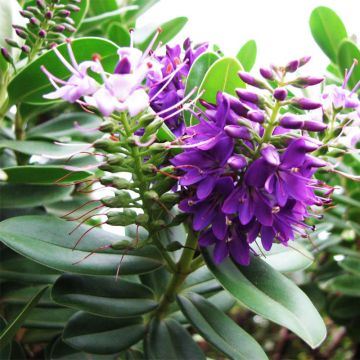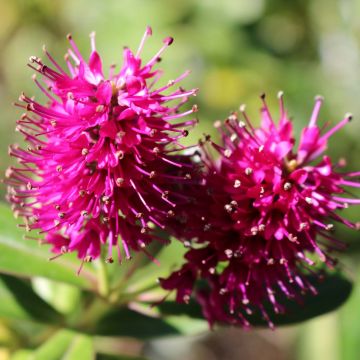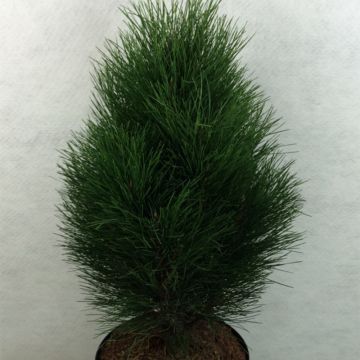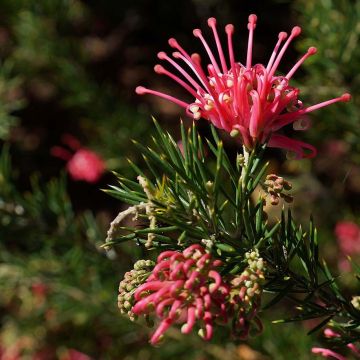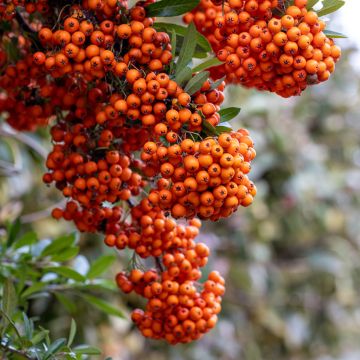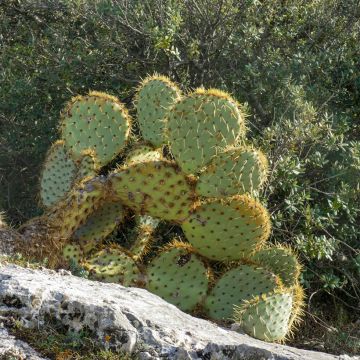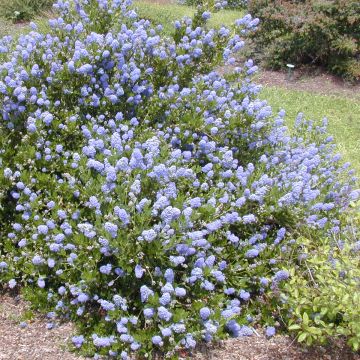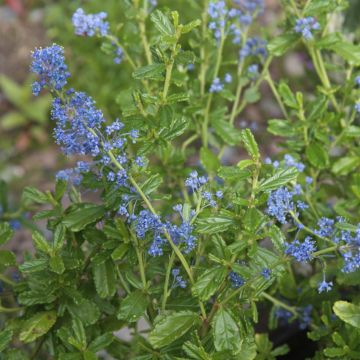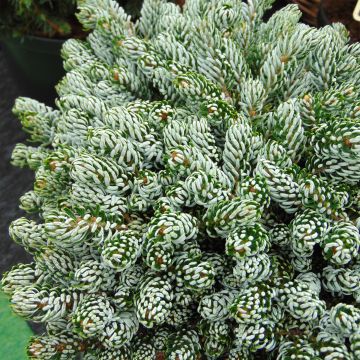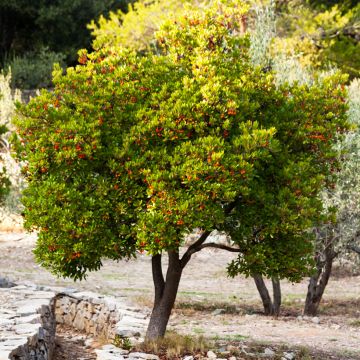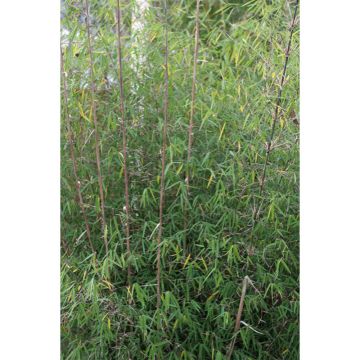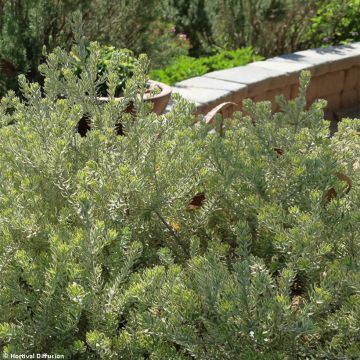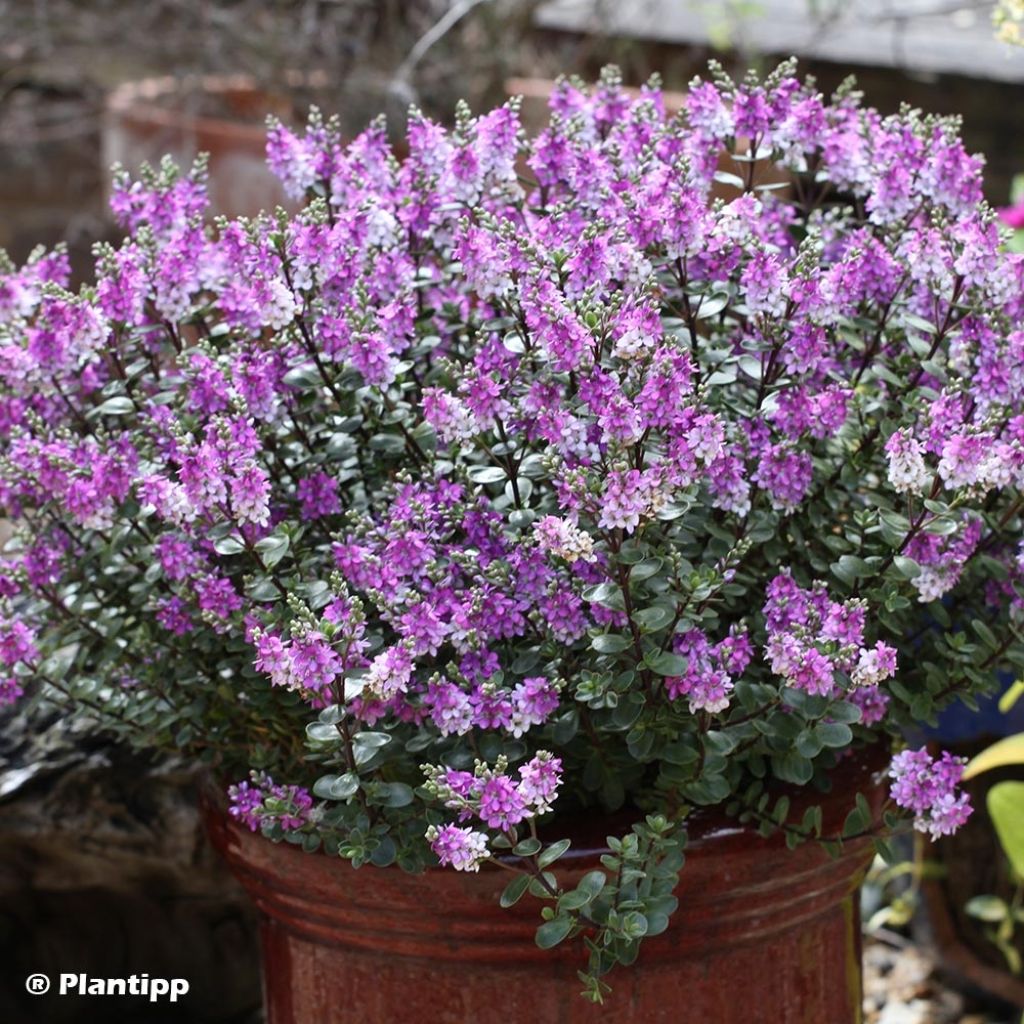

Hebe Garden Beauty Purple
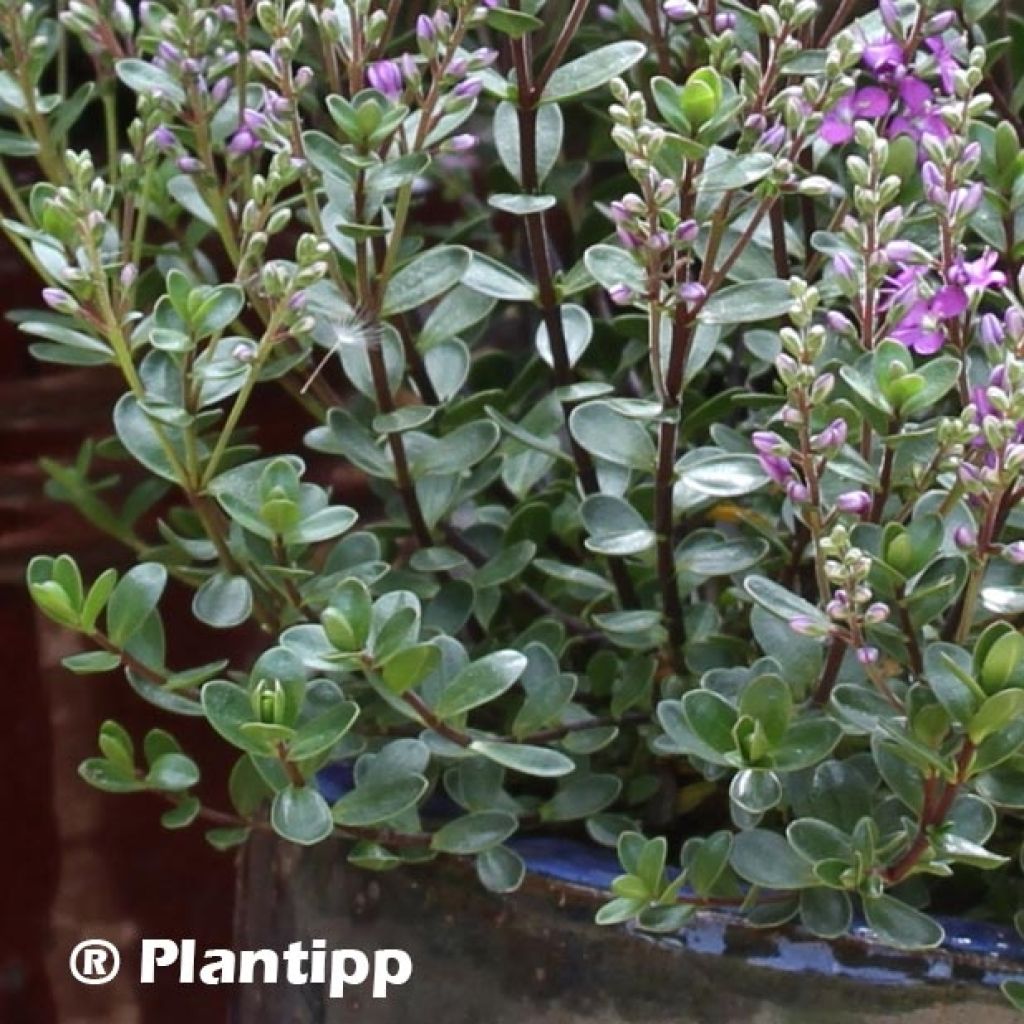

Hebe Garden Beauty Purple
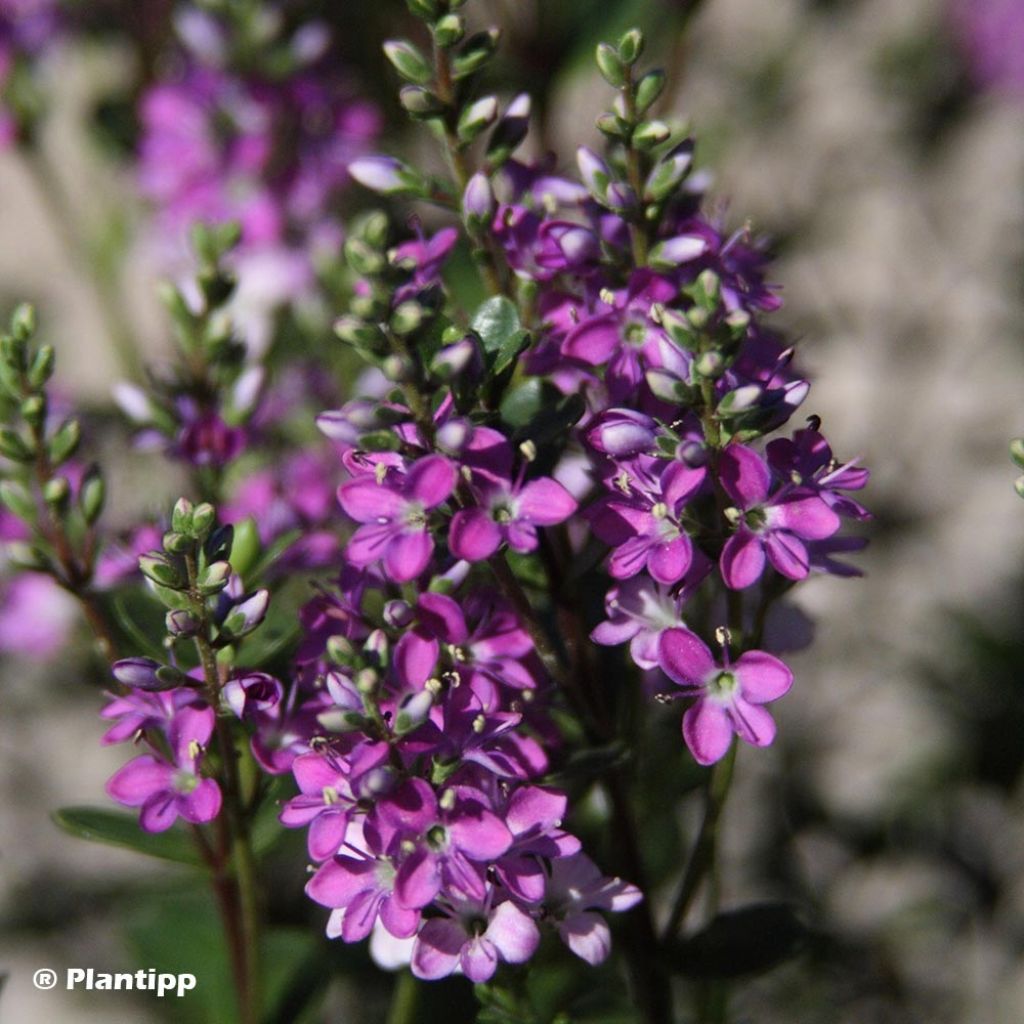

Hebe Garden Beauty Purple
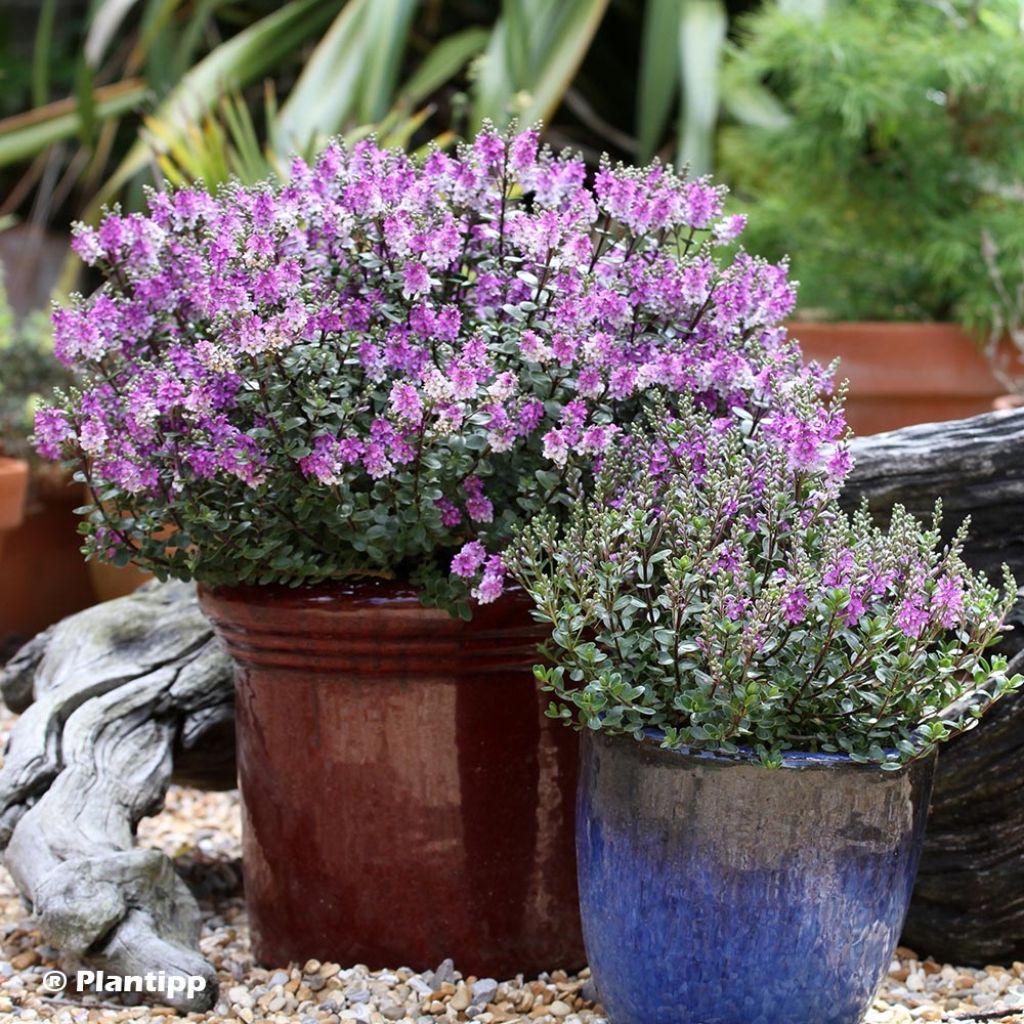

Hebe Garden Beauty Purple
Hebe Garden Beauty Purple
Hebe Graden Beauty® 'Purple'
Shrubby Veronica, Speedwell shrub
The plant arrived in a good condition. It is very green and the internal protection of the package saved it from disaster. I mentioned this to Chronopost when they asked for my opinion, and I took the risk of accepting the package, even though it was quite damaged, because I had been wanting this plant for several months. Apart from the transportation, I am satisfied.
Jean, 19/06/2021
Why not try an alternative variety in stock?
View all →This plant carries a 24 months recovery warranty
More information
We guarantee the quality of our plants for a full growing cycle, and will replace at our expense any plant that fails to recover under normal climatic and planting conditions.
From €5.90 for pickup delivery and €6.90 for home delivery
Express home delivery from €8.90.
Delivery to Corse prohibited: UE law prohibits the import of this plant from mainland France to Corse as part of the fight against Xylella fastidiosa. Please accept our sincere apologies.
More information
Does this plant fit my garden?
Set up your Plantfit profile →
Description
Hebe Garden Beauty® 'Purple' is an excellent variety of hybrid Shrubby Veronica, with small round evergreen, dark green leaves that literally cover themselves in abundant spikes of purple flowers in May-June. Much appreciated by pollinators, this relatively hardy small bush is easy to grow in regions where winters are not too harsh. This variety naturally forms a beautiful, compact and dense evergreen cushion, ornamental all year round. The plant is disease-resistant, undemanding about soil type and drought resistant once well established in the garden. It is also an excellent plant for the terrace.
Hebe Garden Beauty 'Purple' is a hybrid cultivar selected in 2005 at Lowaters Nursery in the United Kingdom. It belongs to the Plantaginaceae family and is similar to perennial veronicas. It forms a small regular bush with a compact habit of about 60 cm (24 in) in all directions. Its reddish stems, which lignify with age, bear small, round, thick and leathery leaves of a shiny dark green colour. The winter foliage is a very rich purple. Flowering mainly occurs in June-July, sometimes with a second bloom in autumn. It takes the form of simple lateral inflorescences resembling thin spikes. They are composed of a multitude of small flowers: the flower buds, slightly tinged with white, reveal the delicacy of their purple robe when they bloom. Over time they fade, adding to the overall aesthetics of the plant: on the same spike, one can observe a truly sublime range of violet shades. Pruning after flowering is recommended to maintain a compact habit and a neat appearance to this shrubby veronica.
With relatively slow growth and being relatively hardy (down to -10°C for 'Garden Beauty ‘Purple'), Hebes are generally offered alongside perennial plants as their use is closer to these than to shrubs. The Garden Beauty® 'Purple' variety, on the other hand, naturally has a compact and dense growth habit that is well suited for ornamenting terraces and balconies, mixed with heathers or creeping rosemary, for example. In favourable climates it can create neat and flowering borders all summer long. In colder regions, Hebes can be grown in large pots on the terrace, to be stored in a bright and unheated room during winter.
Report an error about the product description
Hebe Garden Beauty Purple in pictures
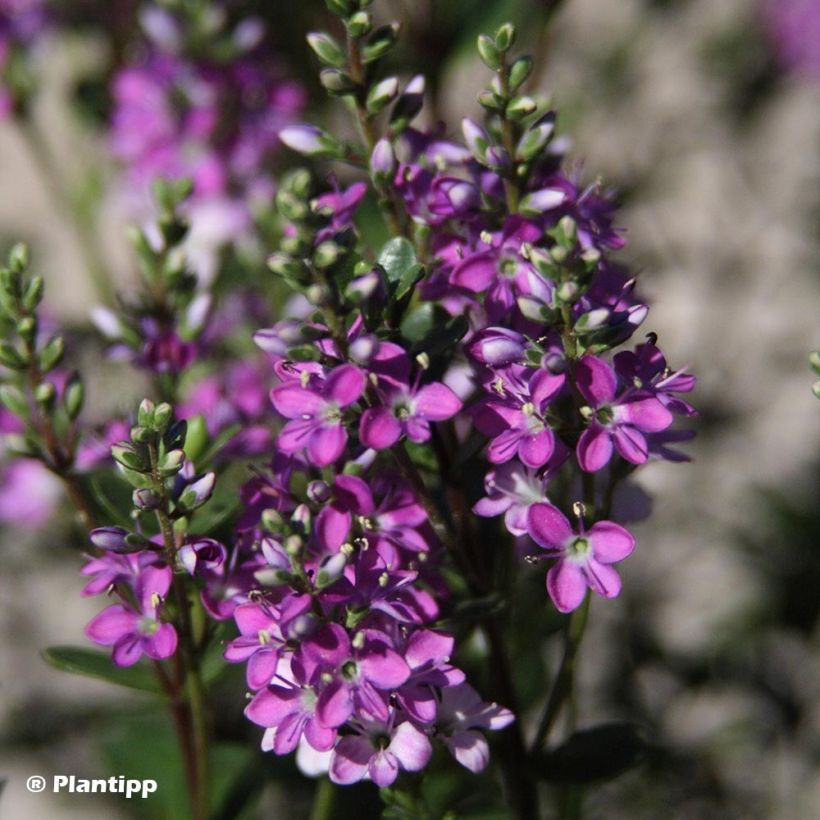

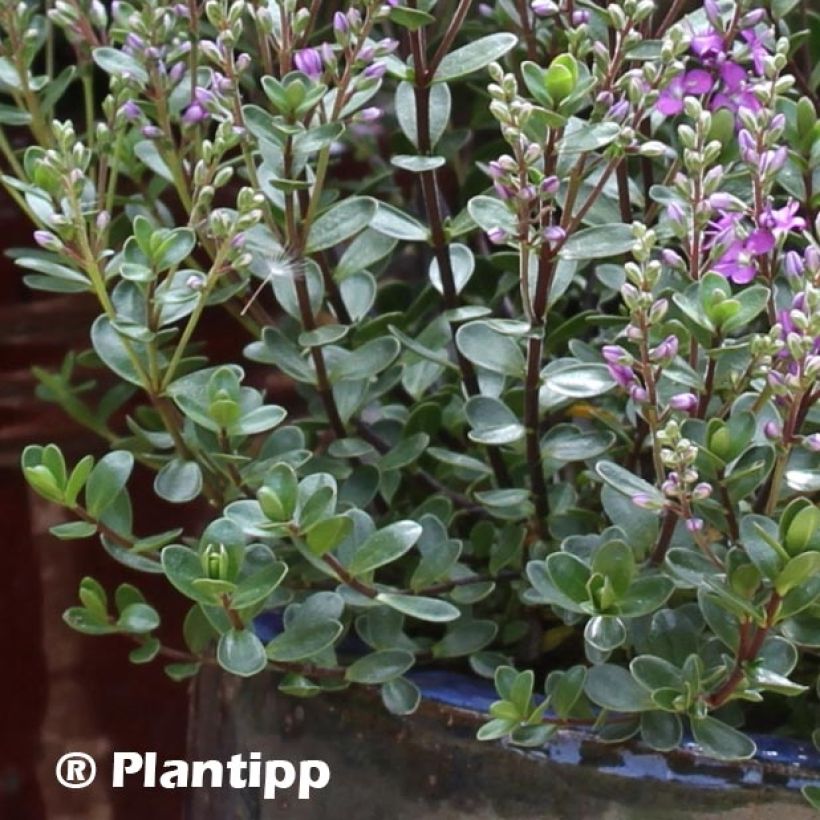

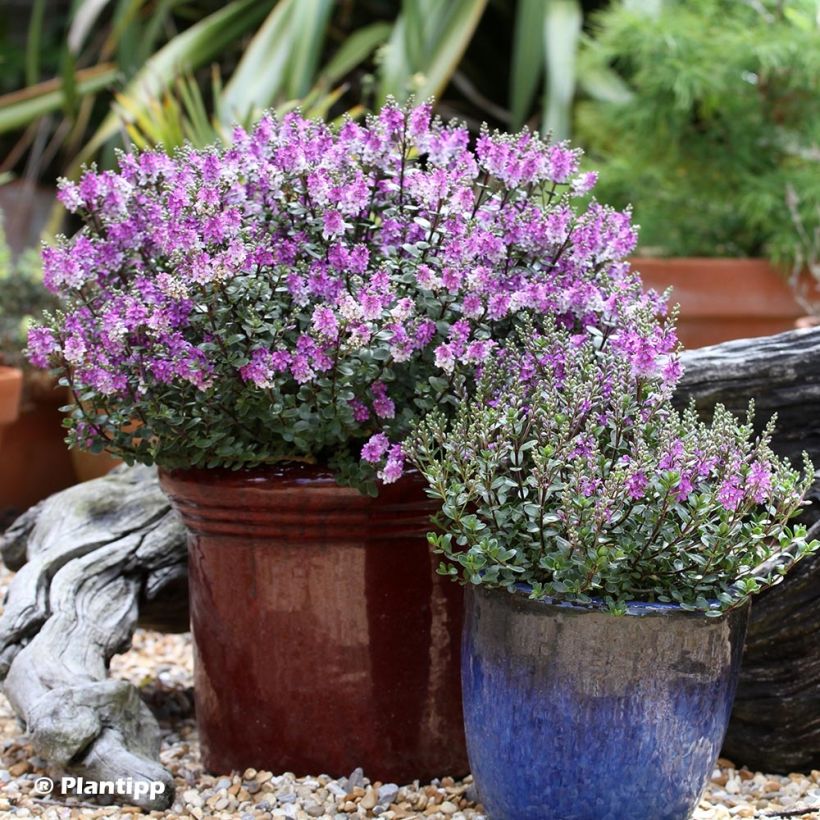

Plant habit
Flowering
Foliage
Botanical data
Hebe
Graden Beauty® 'Purple'
Scrophulariaceae
Shrubby Veronica, Speedwell shrub
Cultivar or hybrid
Other Hebe - Shrubby Veronica
Planting and care
Hebe 'Garden Beauty Purple' is preferably planted in spring in a cool climate or in October in warmer regions. It prefers a sunny site and well-drained, even sandy, soil that is sufficiently deep and well-tilled. This plant tolerates sea spray and dry soils in summer once well-established. In gardens with heavy soils and a wet climate, Hebes should be reserved for rockeries or sloping banks. It enjoys a rich soil that is always well-drained. In the colder regions of Northern Europe it is necessary to protect these shrubs during winter or cultivate them in pots, bringing them indoors during periods of freezing weather. As they grow, pruning with hedge shears can be useful to maintain a dense and compact habit and a tidy appearance.
Planting period
Intended location
Care
-
, onOrder confirmed
Reply from on Promesse de fleurs
Evergreen shrubs
Haven't found what you were looking for?
Hardiness is the lowest winter temperature a plant can endure without suffering serious damage or even dying. However, hardiness is affected by location (a sheltered area, such as a patio), protection (winter cover) and soil type (hardiness is improved by well-drained soil).

Photo Sharing Terms & Conditions
In order to encourage gardeners to interact and share their experiences, Promesse de fleurs offers various media enabling content to be uploaded onto its Site - in particular via the ‘Photo sharing’ module.
The User agrees to refrain from:
- Posting any content that is illegal, prejudicial, insulting, racist, inciteful to hatred, revisionist, contrary to public decency, that infringes on privacy or on the privacy rights of third parties, in particular the publicity rights of persons and goods, intellectual property rights, or the right to privacy.
- Submitting content on behalf of a third party;
- Impersonate the identity of a third party and/or publish any personal information about a third party;
In general, the User undertakes to refrain from any unethical behaviour.
All Content (in particular text, comments, files, images, photos, videos, creative works, etc.), which may be subject to property or intellectual property rights, image or other private rights, shall remain the property of the User, subject to the limited rights granted by the terms of the licence granted by Promesse de fleurs as stated below. Users are at liberty to publish or not to publish such Content on the Site, notably via the ‘Photo Sharing’ facility, and accept that this Content shall be made public and freely accessible, notably on the Internet.
Users further acknowledge, undertake to have ,and guarantee that they hold all necessary rights and permissions to publish such material on the Site, in particular with regard to the legislation in force pertaining to any privacy, property, intellectual property, image, or contractual rights, or rights of any other nature. By publishing such Content on the Site, Users acknowledge accepting full liability as publishers of the Content within the meaning of the law, and grant Promesse de fleurs, free of charge, an inclusive, worldwide licence for the said Content for the entire duration of its publication, including all reproduction, representation, up/downloading, displaying, performing, transmission, and storage rights.
Users also grant permission for their name to be linked to the Content and accept that this link may not always be made available.
By engaging in posting material, Users consent to their Content becoming automatically accessible on the Internet, in particular on other sites and/or blogs and/or web pages of the Promesse de fleurs site, including in particular social pages and the Promesse de fleurs catalogue.
Users may secure the removal of entrusted content free of charge by issuing a simple request via our contact form.
The flowering period indicated on our website applies to countries and regions located in USDA zone 8 (France, the United Kingdom, Ireland, the Netherlands, etc.)
It will vary according to where you live:
- In zones 9 to 10 (Italy, Spain, Greece, etc.), flowering will occur about 2 to 4 weeks earlier.
- In zones 6 to 7 (Germany, Poland, Slovenia, and lower mountainous regions), flowering will be delayed by 2 to 3 weeks.
- In zone 5 (Central Europe, Scandinavia), blooming will be delayed by 3 to 5 weeks.
In temperate climates, pruning of spring-flowering shrubs (forsythia, spireas, etc.) should be done just after flowering.
Pruning of summer-flowering shrubs (Indian Lilac, Perovskia, etc.) can be done in winter or spring.
In cold regions as well as with frost-sensitive plants, avoid pruning too early when severe frosts may still occur.
The planting period indicated on our website applies to countries and regions located in USDA zone 8 (France, United Kingdom, Ireland, Netherlands).
It will vary according to where you live:
- In Mediterranean zones (Marseille, Madrid, Milan, etc.), autumn and winter are the best planting periods.
- In continental zones (Strasbourg, Munich, Vienna, etc.), delay planting by 2 to 3 weeks in spring and bring it forward by 2 to 4 weeks in autumn.
- In mountainous regions (the Alps, Pyrenees, Carpathians, etc.), it is best to plant in late spring (May-June) or late summer (August-September).
The harvesting period indicated on our website applies to countries and regions in USDA zone 8 (France, England, Ireland, the Netherlands).
In colder areas (Scandinavia, Poland, Austria...) fruit and vegetable harvests are likely to be delayed by 3-4 weeks.
In warmer areas (Italy, Spain, Greece, etc.), harvesting will probably take place earlier, depending on weather conditions.
The sowing periods indicated on our website apply to countries and regions within USDA Zone 8 (France, UK, Ireland, Netherlands).
In colder areas (Scandinavia, Poland, Austria...), delay any outdoor sowing by 3-4 weeks, or sow under glass.
In warmer climes (Italy, Spain, Greece, etc.), bring outdoor sowing forward by a few weeks.

































